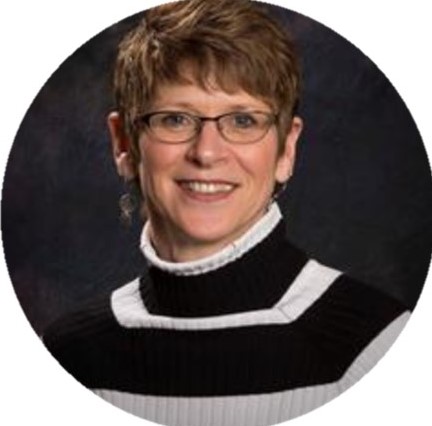Healthier soil, healthier profits and a healthier planet
By Sharon Spies, Director of Sustainability
Farmers are proud stewards of the land and have always known that the ground beneath our feet is the core of agricultural success. But now, many farmers are also seeing the soil itself as an opportunity for better profitability, and not just a means of getting a crop.
That’s because soil health can now be monetized in different ways by farmers. First, there are the savings on inputs like herbicide thanks to cover crops that prevent weeds. Second, there is better productivity and greater resilience to intense weather events, especially on marginal soils. And third, there is increasing potential for programs that reward farmers for the carbon you can sequester and measure in the soil – all for something your dirt is doing anyway.
Cargill wants to be a practical partner in all of this, as part of our goal by 2030 to help farmers improve 10 million acres through regenerative practices. Our ambition is to provide farmers with funding, technical training and other resources, because we know that adopting these practices is not easy. It takes money – and time.
Will Cannon grows corn and soybeans 30 miles outside Des Moines, Iowa, and sells some of his crop to Cargill. As he explains it: “These programs dramatically lower the out of pocket expenses and give me the flexibility to experiment with different practices, speeding up how my farm evolves and improves. Cargill has been instrumental in helping us continue experimenting and improving when grain prices aren’t favorable.”
Adopting these approaches will always be voluntary. But we firmly believe that for farmers, doing right and doing well can go hand-in-hand, thanks to the practices and programs like these.
How to get started
If these benefits sound worthwhile to you, here’s what you can do next …
1. Learn more about the topic: We’ve created a library of additional information from sources like USDA and 4R Plus, so you can dig in and read up.
- Advantages of Healthy Soil
- 10 Ways Cover Crops Enhance Soil Health
- Advantages of Reducing Soil Erosion
- Advantages of Reduced Tillage
- Advantages of Using 4R Nutrient Stewardship-Practices
2. Talk to us: Your Cargill representative can connect you to local Cargill-led initiatives and give advice on first steps you can take to find resources and know-how, so reach out to them.
3. Join up with others: You can also look at other local opportunities in your area on this list from the Soil Health Institute.
We know that making changes on your farm isn’t easy. But it doesn’t have to be scary, either.
Working together, we can find ways to strengthen the resilience of your operation, potentially increase your profitability, and do something good for the planet and the next generation, too.

Sharon Spies
Director of Sustainability
